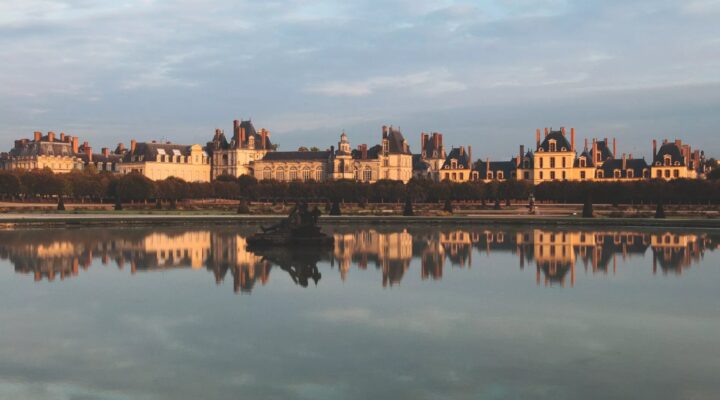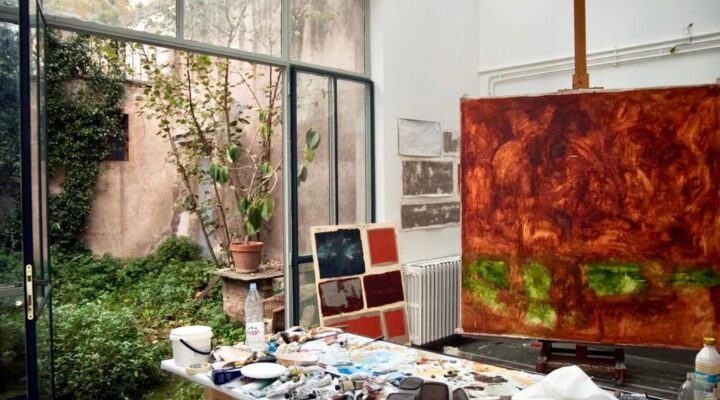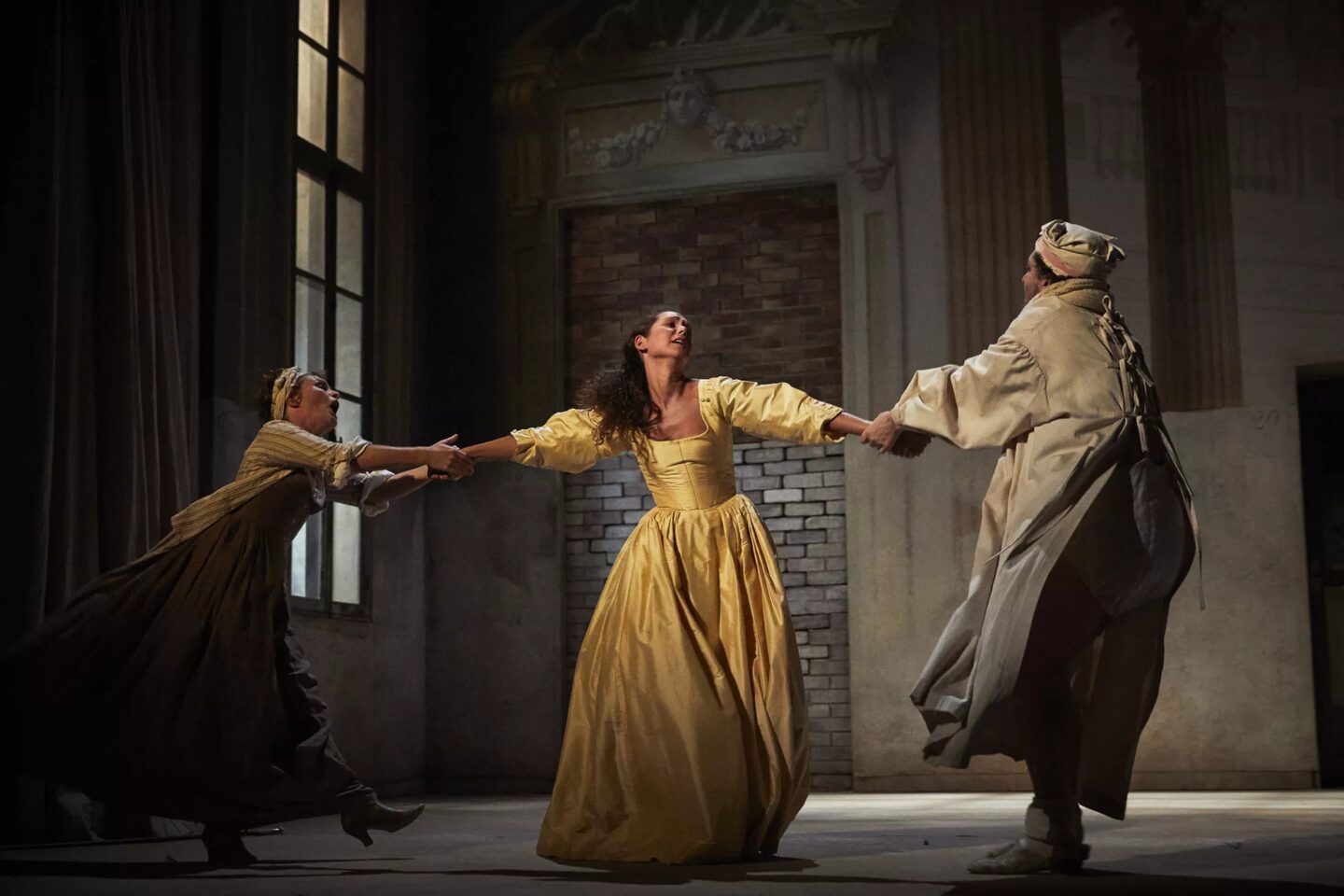
Comédie-Française
It all started in 1670. There were three competing troupes of actors: the troupe from Le Marais, that of the Hôtel de Bourgogne, and Molière’s troupe based in the Palais-Royal. Upon Molière’s death, his troupe was joined, by royal decree, by the actors from the Marais, and they settled at the Hôtel Guénégaud. In 1680, they merged with the actors from the Hôtel de Bourgogne. This unique troupe, founded by lettre de cachet (letter with the king’s royal seal) signed in Versailles, was composed of actors chosen by Louis XIV for their excellence. Over time, the troupe acted in what is now the Odéon theatre, the Salle des Machines in the Tuileries Palace, and then, in 1799, they moved to rue Richelieu, to the so-called “Théâtre de la République”, which later became the Comédie-Française.
Today still, all texts acted out on the stage must be submitted to the Reading Committee before being added to the Répertoire, which now lists almost three thousand plays from all eras.
At the start of the nineties, the Comédie-Française expanded, with the Théâtre du Vieux-Colombier becoming its second theatre in 1993. And in 1996, the Studio-Théâtre, located in the Carrousel du Louvre shopping centre, became the third. Since 1995, the Comédie-Française has been an Établissement public à caractère industriel et commercial (EPIC, an official designation for state-funded industrial and commercial institutions).
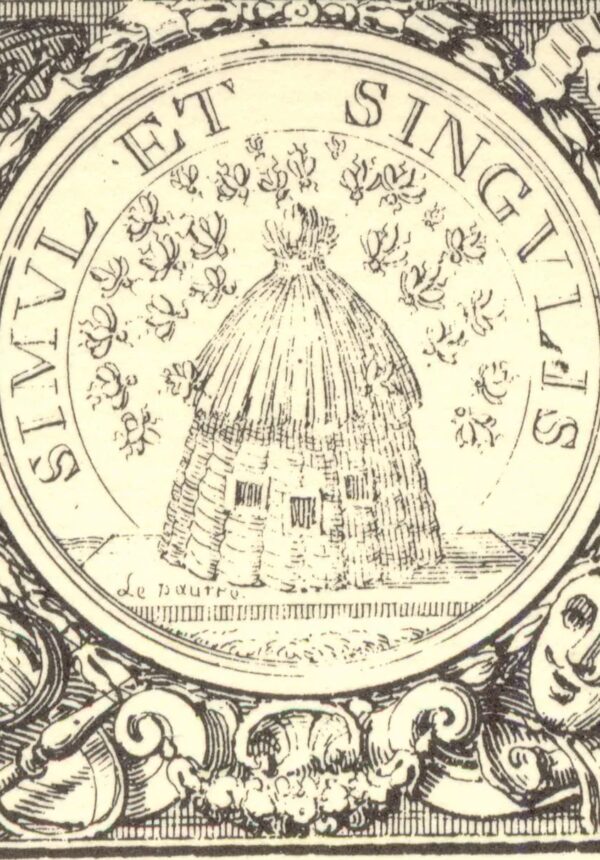
Its signature
Its emblem, a plentiful beehive, and its Latin motto, Simul et Singulis (“be together and be oneself”), eloquently characterises the philosophy of collective excellence through each individual’s talent, which contributes to making this institution a hotspot for classic and contemporary French culture.
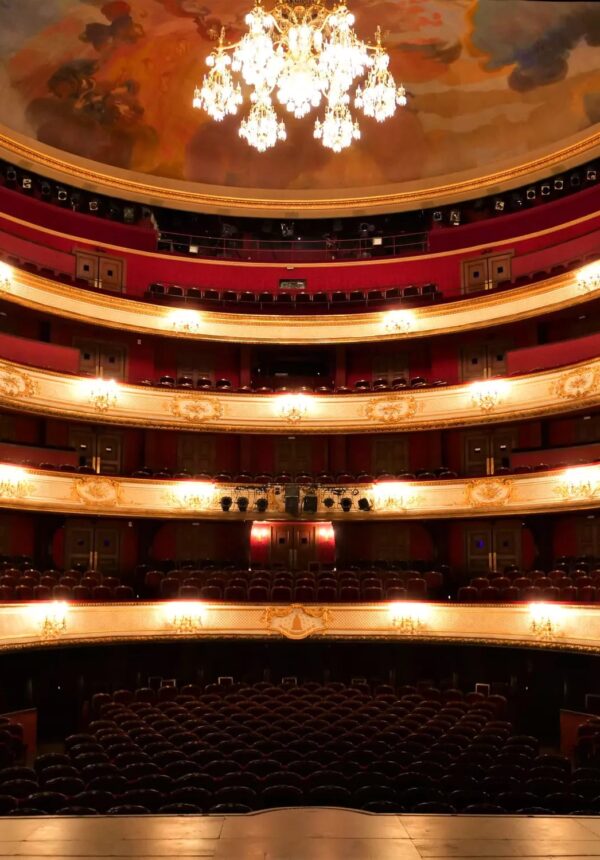
The address
Located at number 1, Place Colette, in the heart of the Palais-Royal, the current building that houses the Comédie-Française was built between 1786 and 1790. The historic theatre of the Comédie-Française, known as Salle Richelieu, was inaugurated in 1799.
